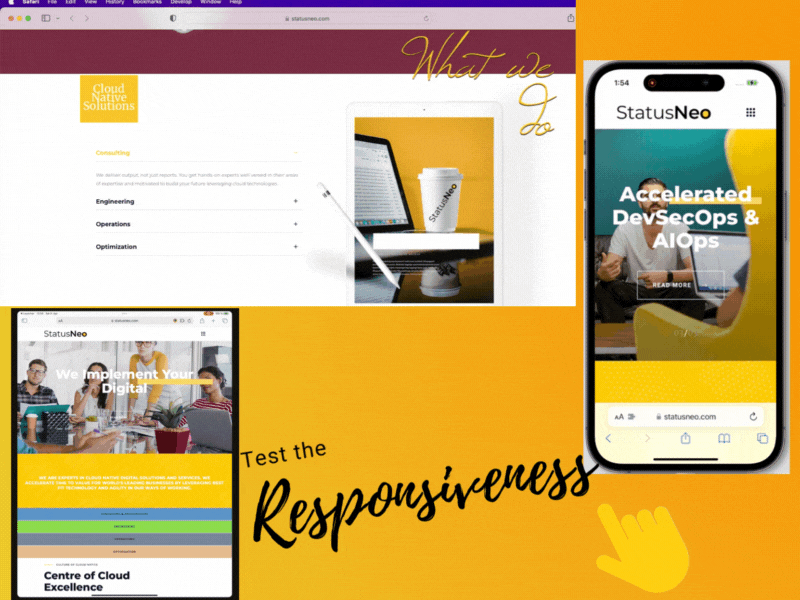Unlocking The Power Of UX Research: Why It’s Essential For Creating A Great User Experience

Intro
UX Research is an essential component of creating a great user experience. In this article, we’ll explore the power of UX research, why it’s so important, and how it can help you create better digital products.
What is UX Research?
UX research is a process for understanding the needs of users and how they interact with a product. It helps to inform design decisions and can be used to assess the effectiveness of a design. UX research can be conducted through various methods, such as interviews, surveys, observations, and user testing.
UX research is essential for creating a great user experience because it helps to ensure that the products we design are meeting the needs of our users. Without UX research, we would be designing in the dark, which could lead to products that are difficult to use or don’t meet the needs of our target audience.
If you’re interested in conducting UX research, there are a few things you should keep in mind. First, it’s important to have a clear goal in mind for your research. What are you trying to learn? Second, select the right method or combination of methods for your project. Each has its own strengths and weaknesses, so it’s important to choose the one that will best help you answer your research question. Finally, make sure you involve your users in your research! The whole point of UX research is to understand how users think and feel about a product, so without their input, your findings will be incomplete.
Blessings of UX Research:
UX research is essential for creating a great user experience because it allows you to understand your users’ needs, wants, and motivations. It also helps you to identify any problems they may be having with your product or service. By conducting UX research, you can make informed decisions about how to improve your product or service to better meet your users’ needs.
There are many different methods of UX research, but some of the most common are surveys, interviews, focus groups, and usability testing. Each of these methods has its own advantages and disadvantages, but all of them can be used to gather valuable insights about your users.
Types of UX Research:
When it comes to UX research, there are many different types that you can use to gain insights into your users’ needs and wants. Right here some of the most common types of UX Research:
1. User interviews: This is probably the most common type of UX research, and involves directly talking to users about their experiences with your product or service.
2. User surveys: Surveys can be a great way to gather quantitative data about your users’ thoughts and opinions.
3. Usability testing: This type of research helps you identify any problems with your product or service from a user’s perspective, and can be done through various methods such as A/B testing or heat mapping.
4. Analytics: Analytics data can give you valuable insights into how users are actually using your product or service, and can help you identify areas for improvement.
5. Competitive analysis: Keeping an eye on your competition is also important for UX purposes, as it can help you understand what users like and don’t like about their products or services.
How To Conduct UX Research?
When conducting UX research, be sure to:
– Define your goals and objectives upfront.
– Choose the right method or methods for your project.
– Pick participants that represent your target audience.
– Follow ethical guidelines for conducting research.
– Analyse your data and findings to identify areas for improvement.

Best Practices for UX Research:
There are a few key things to keep in mind when conducting UX research:
1. Know your goals. What exactly do you want to learn from your research? Make sure you have a clear understanding of your objectives before starting.
2. Be prepared. Have a plan for how you’re going to conduct your research and what methods you’re going to use. This will help ensure that you get the most out of your research.
3. Be flexible. Things may not always go according to the plan, so be prepared to adapt as needed. Don’t be afraid to change course if something isn’t working out the way you expected.
4. Be professional. Remember that you’re representing your company and its brand, so it’s important to conduct yourself in a professional manner at all times.
5. Respect your participants’ time and privacy. Keep in mind that people are taking time out of their busy lives to participate in your research, so make sure you respect their time and privacy by keeping things confidential and being respectful of their personal space.
Conclusion:
UX research can be a powerful tool for creating an outstanding user experience that people will love. From understanding your users’ needs to ensuring they have the tools they need, UX research helps you create experiences that are tailored to the individual and designed with their success in mind. With proper research, you can ensure that your product meets customer expectations and delivers a smooth and enjoyable experience each time users engage with it. So if you want to unlock the power of UX research and start creating great user experiences, now is an excellent time to get started!
Add Comment
You must be logged in to post a comment.








